The history of the garrison dates back to 1849 when the land was first purchased by the Board of Ordanance. Woolwich Common was usually used for testing weapons, although as they became more powerful, they needed a new, larger site. During the Crimean War, the Royal Artillery School of Gunnery was established at Shoeburyness and in the 1860’s barracks and various other amenities were added. Shoeburyness was now an important site of developing and testing military weapons.
Today Qinetiq manages the military site on behalf of the MOD, which is still used for weapon testing and bomb disposal. Some of the former garrison site still remain today. Several of the buildings are listed and have been converted into private houses.
The history of this site dates back to the Iron Age when ramparts were built to protect an Iron Age settlement. There’s evidence of this remaining today, along with signs of roundhouses and ditches/post holes. It’s also thought that there was a Roman and Saxon settlement nearby, potentially using the Iron Age ramparts.
Moving forward to the 1840’s, Shoeburyness was the site chosen for a new weapons testing and practise station due to it’s size and isolation. Powerful weapons could be tested and ships could also arrive. The Crimean War saw an increase in activity at Shoeburyness with the use of more powerful weapons and armour. A lot of the garrison buildings were built around this time including:
- Commandant’s House, Mess Road (1854)
- The Officers’ Mess and Servant’s Quarters (1852) – The Mess was changed several times since
- Garrison Hospital (1856) – isolation, fever, casualty and general wards. Florence Nightingale may have even inspected it!
- Two Powder Magazines, Magazine Road (1851 & c1856).
- And Chapel Road was built (c1857) to give the Station better road access from Ness Road.
The Crimean War also saw a dedicated School of Gunnery for the Royal Artillery, being built in order to keep up to date with the news weaponry. Further buildings were also added at this time including the Garrison Church, clock tower including the guardroom and further living accommodation. Most of the site was complete by 1870.
Artillery training, involving the experimenting of rockets and explosives, continued to increase up to the turn of the century. Experimental casements built in 1872/3, were adapted into the Light Quick Firing Battery twenty years later. The Heavy Quick Firing Battery (1898) also adapted a previous structure. The Shoeburyness site played a role in:
- Development of rifled barrels and breach loading
- Hale’s war rockets
- Shrapnel
- Quick firing weapons
- Replacement of gunpowder with cordite.
In 1885 an accidental explosion in 1885 killed seven personnel. They are remember in a memorial plaque on a house down Campfield Road, formally the Married Soldier’s Hospital. This was the only major incident to occur at the site, even throughout the wars. Whilst the site was busy in both the First and Second World War, Shoeburyness Garrison was reduced in size, but this didn’t stop more structures from being built. New batteries, search light emplacements, air raid shelters and much more was built. Search on Beyond the Point to see what remains today, including the listed Cold War Boom.
In the Second World War, whilst the area was used for weapons testing and coastal defences, several Stanton-type Air Raid Shelters were built in the garrison grounds to protect personnel. These survive today. Below are our photographs from an early visit c.2011:
The Garrison headquarters was separated from the main weapons testing site in 1976 and the site was later sold in 2000. The garrison was converted into accommodation in which people live in today. Much of the historic remains in the area are listed and play an important role in remembering the history of Shoeburyness.
Source: Southend-on-Sea Borough Council
The Ranges & Other Nearby Features
- Edwardian & First World War
- Military
- Public Land
- Residential
- Second World War
- Shoebury & Wakering
- Shoeburyness Heritage
- Stuart Georgian and Victorian


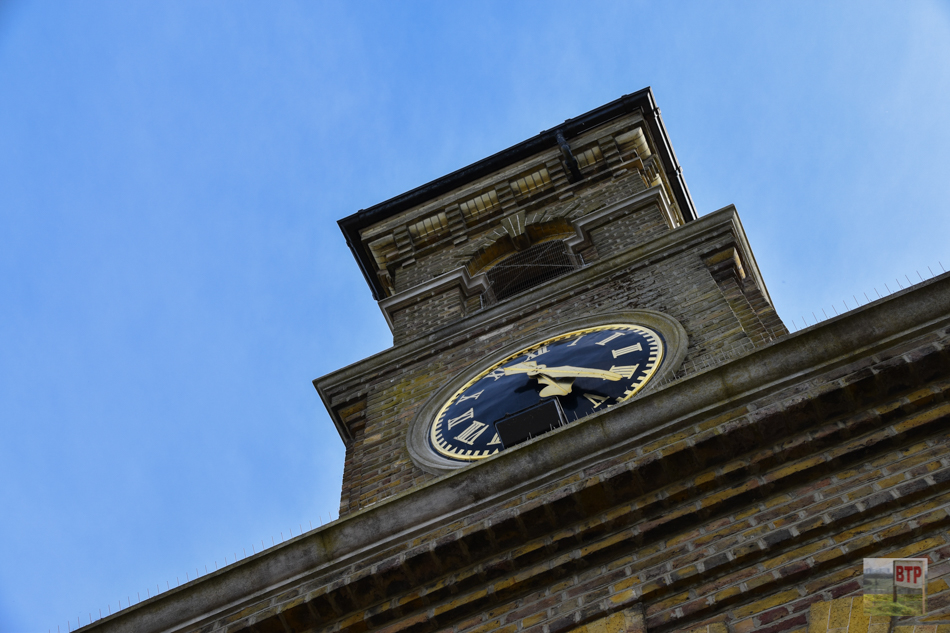
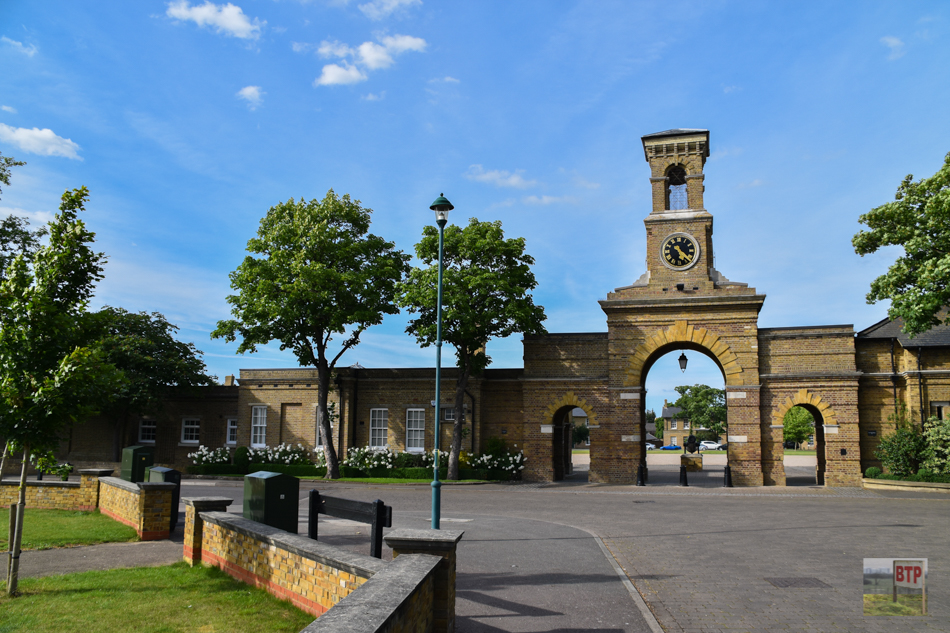


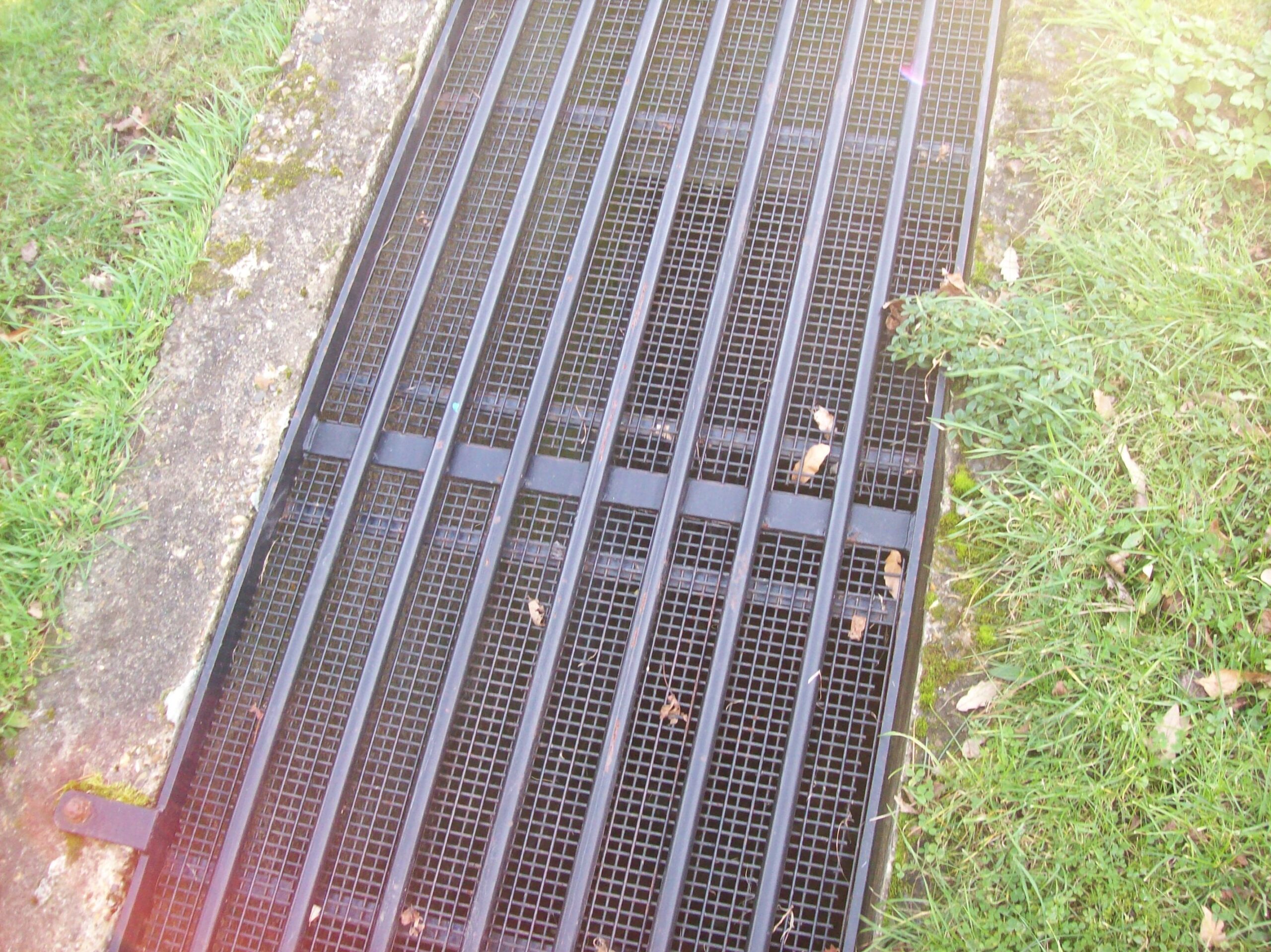
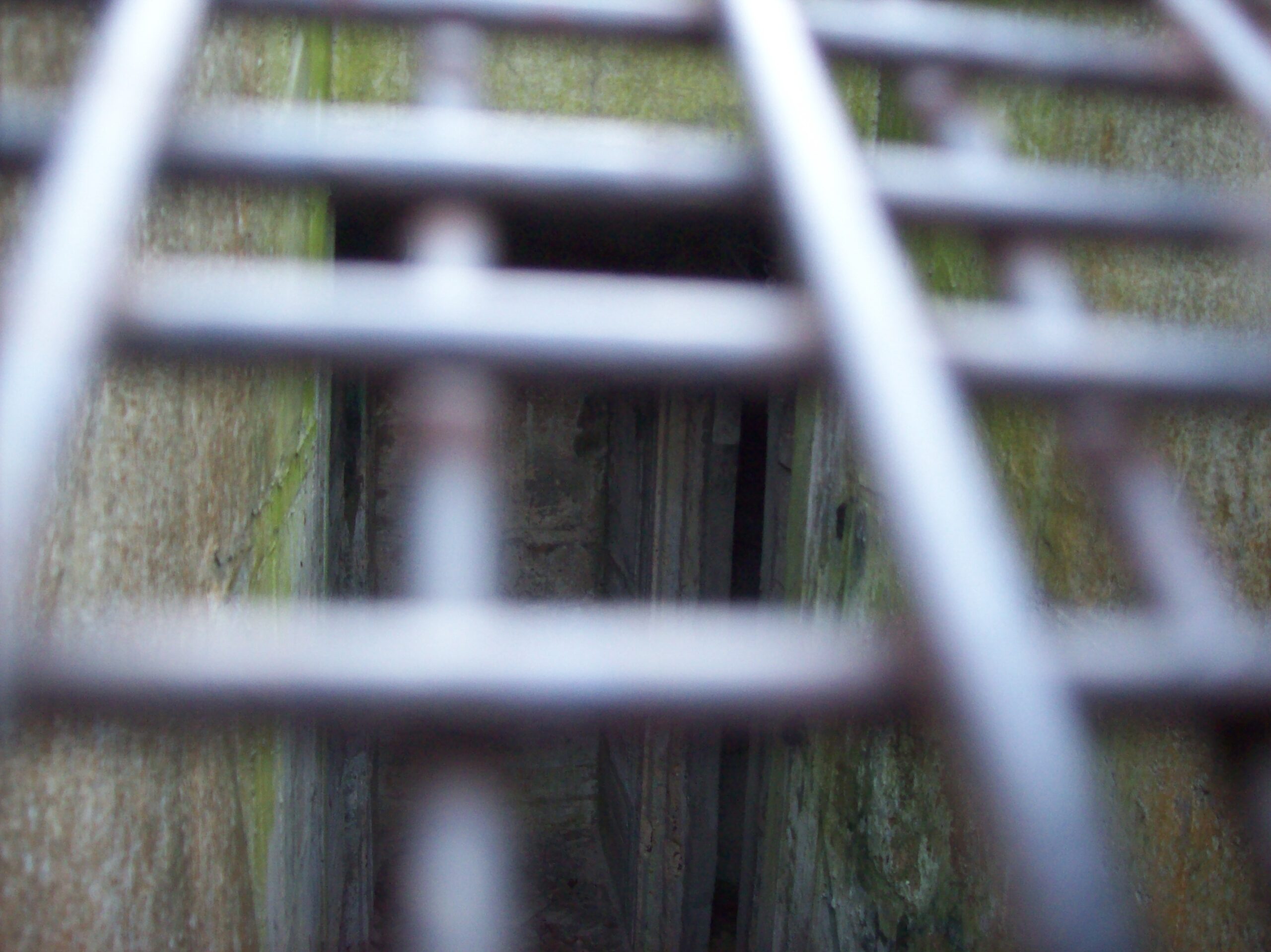
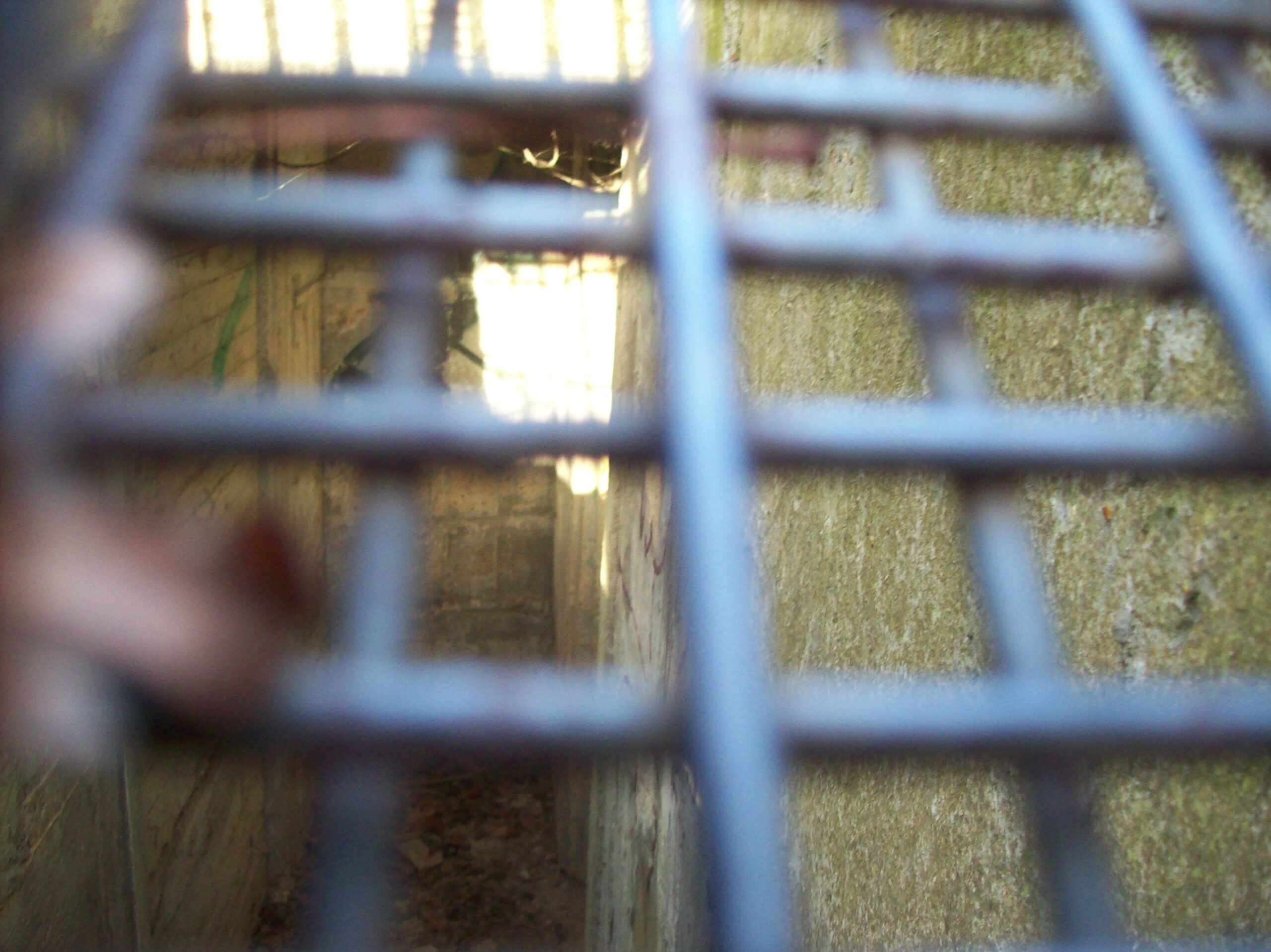

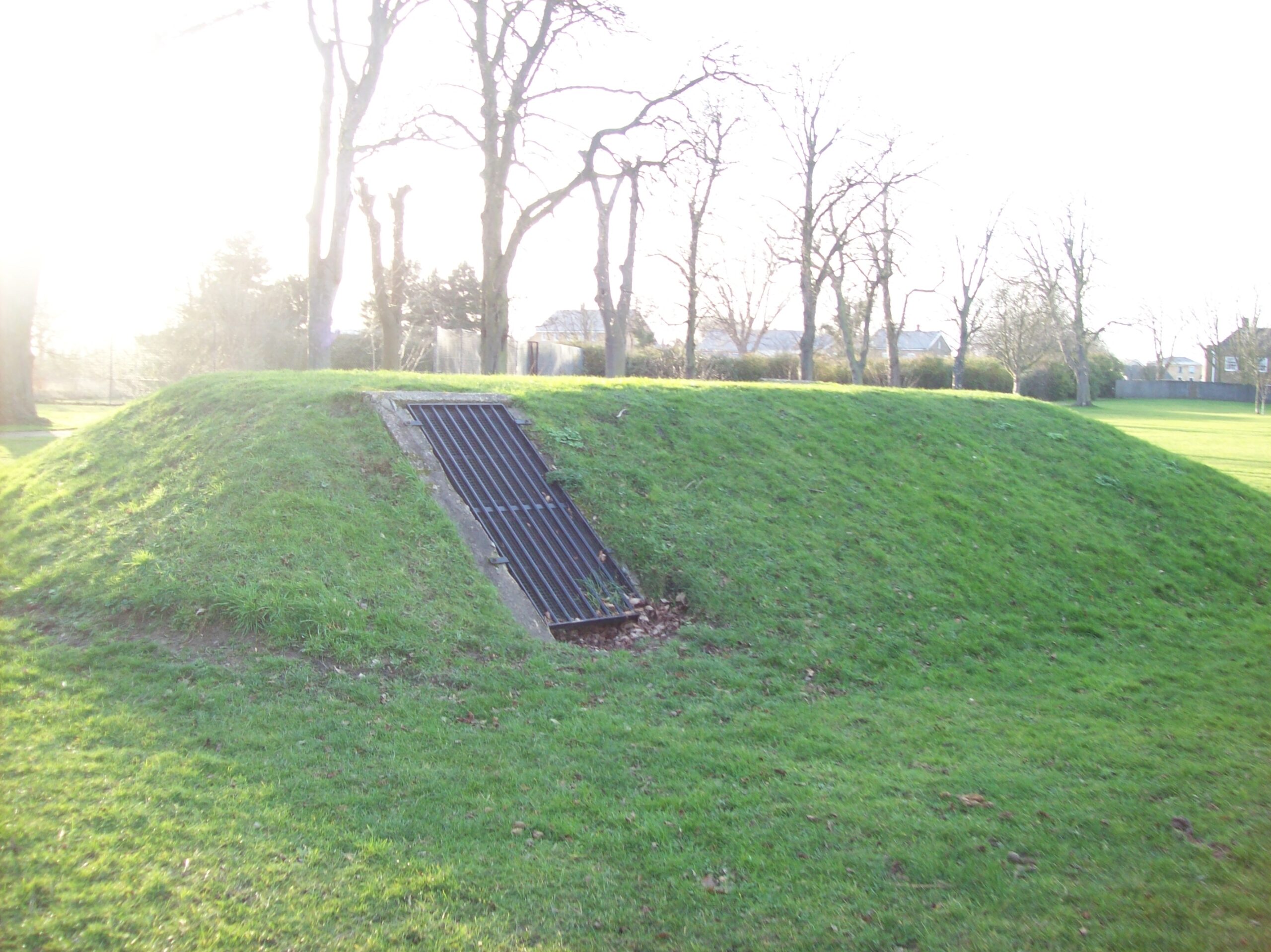
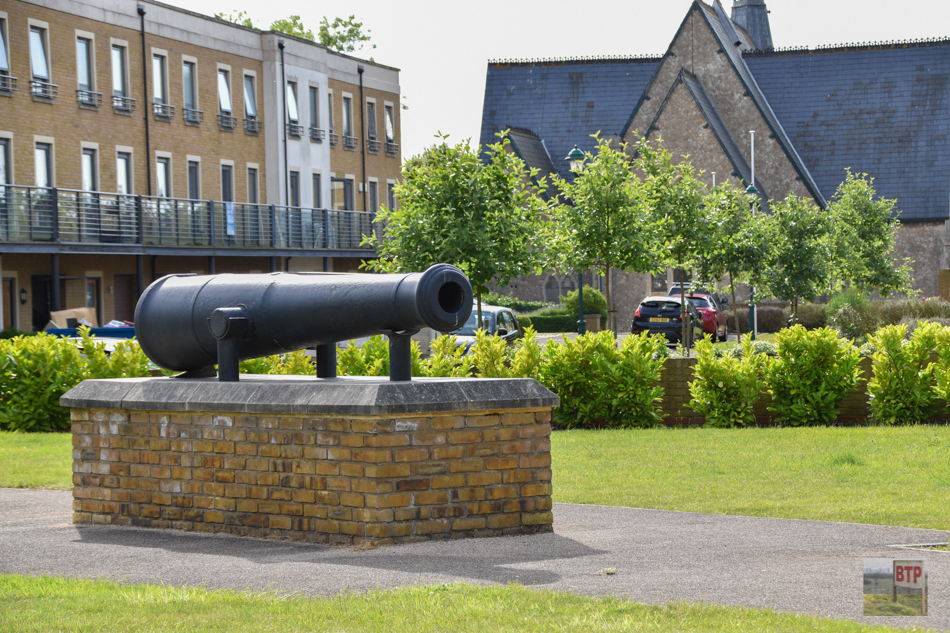
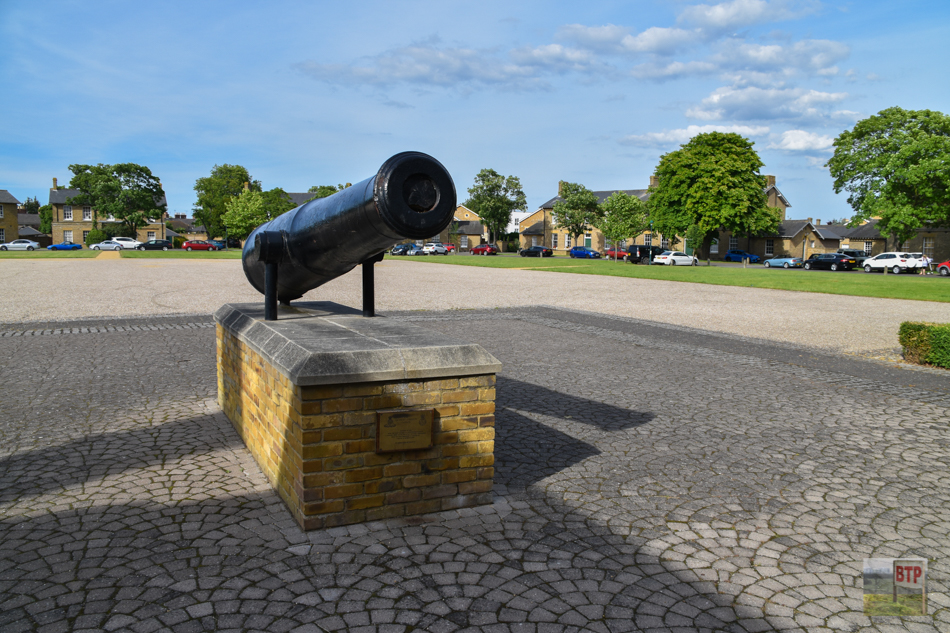
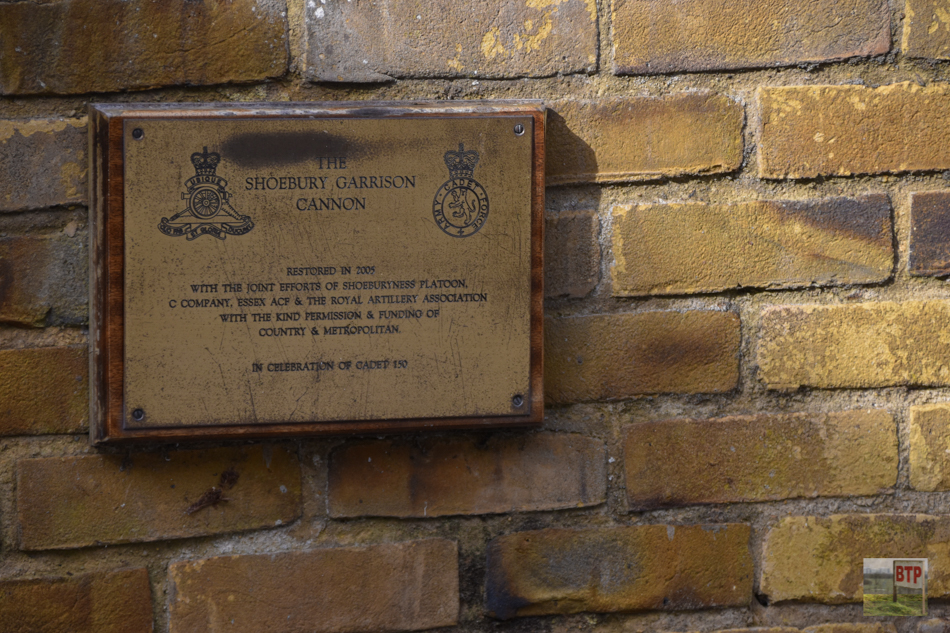

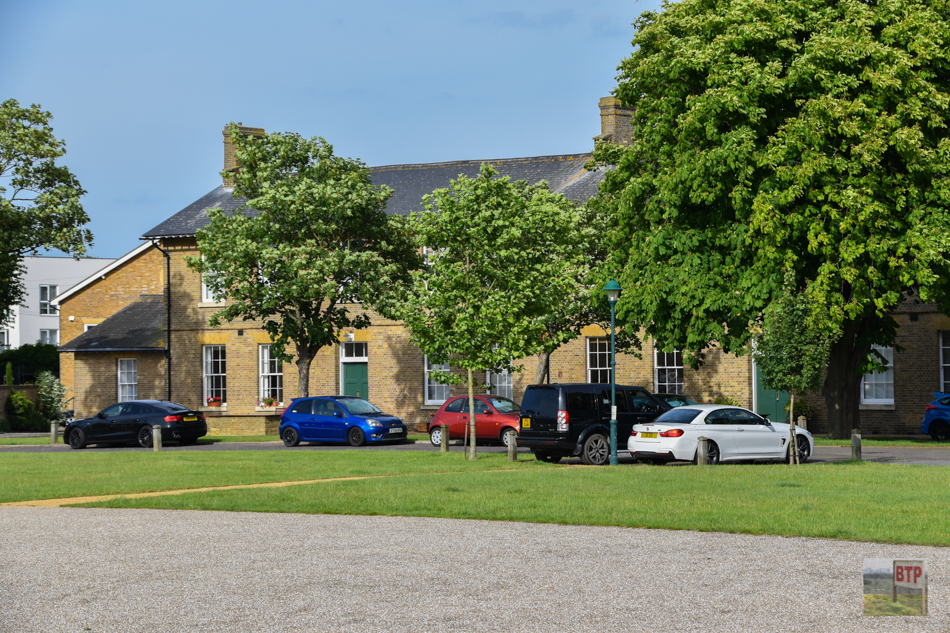

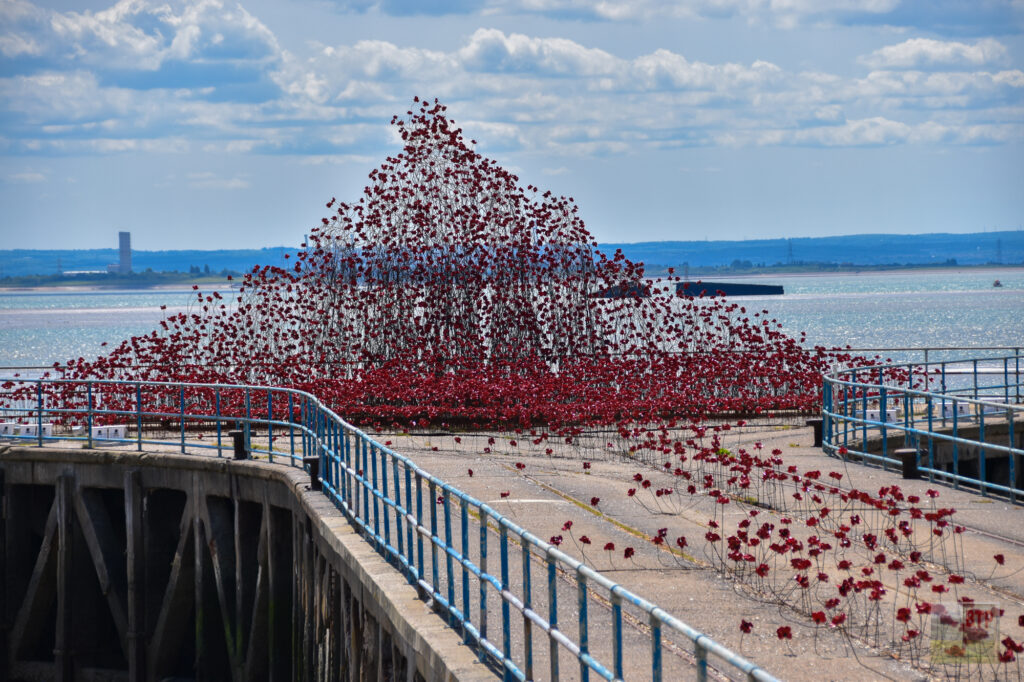

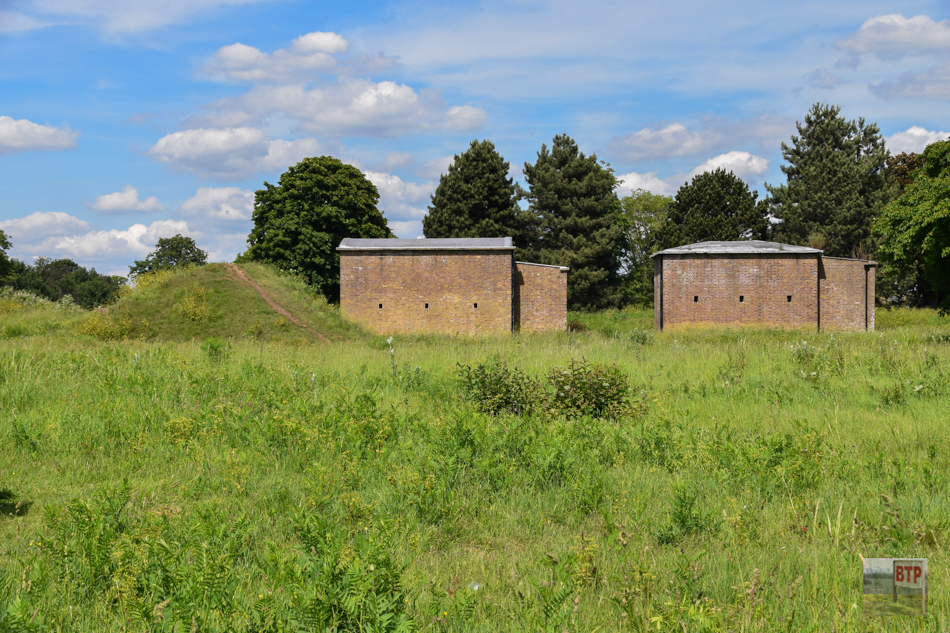

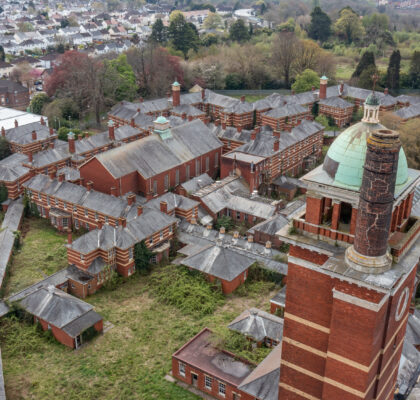

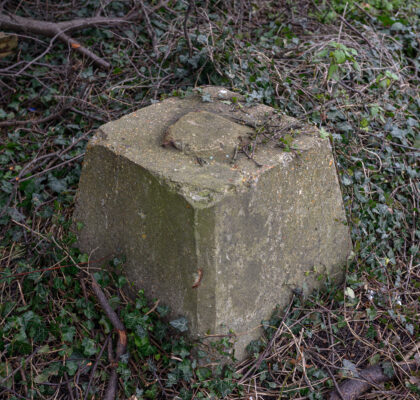
Just a quick note to thank you for your efforts – I have recently started to research my dads time in the Army from April 1945 through to Jan 1948 he died back in 1976 when I was 16 so I only had a few of his stories and a photograph album to work with ……most of dads time was spent in India as a para but we now know he also did a stint in Palestine and we also now know his whole journey started with his Training in Shoeburyness with the Royal Artillery so your site has given me a few pointers before we make a trip down this year to mark 80 years since his training – I have a photo of his training group outside Garrison/Barracks R block spring 1945 let me know if you want a copy